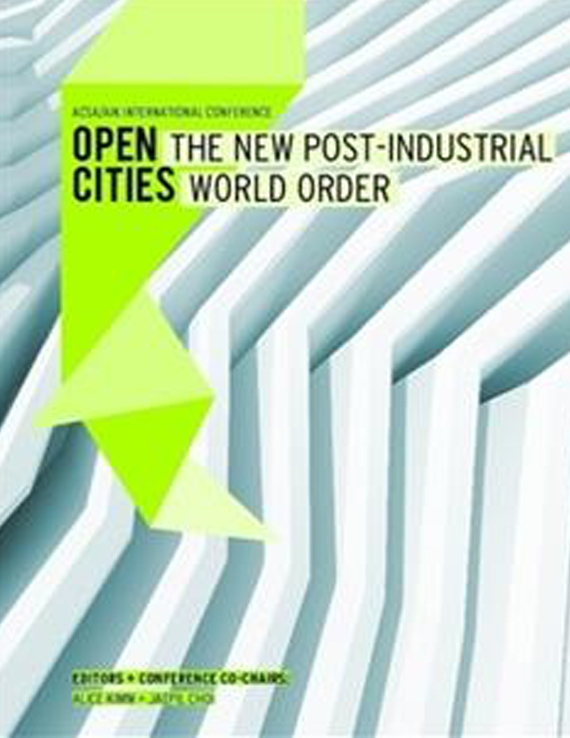Author(s): Matthew Soules
In a 2011 New York Times article, Sam Roberts reported on Manhattan: “[w]ealthyout-of-towners have always had pieds-à-terre and unused investment propertiesin the city. What is new is how many.”(1) There are innumerable similar reportsdescribing emergent conditions in ‘global cities’ throughout the planet. Inner Londonis being remade at the behest of wealthy property owners from around theworld who rarely occupy their properties. Vancouver’s central core has large tractsof new condominium towers that are bought but remain largely empty. New citiesin China have hundreds of thousands of units that are purchased only to sit vacantas investments for the burgeoning middle class for whom investment opportunitiesare limited to real estate because of national regulations – these cities havegarnered an eerie name: Ghost Cities.This paper examines phenomena that present a spectral double which lurk largelyunder the radar of paradigmatic methodologies that emphasize rapid urbanizationvis-à-vis population growth and economic expansion – namely, the ways in whichcontemporary capitalism exacerbates the super-wealthy and their impact on theform and function of urban environments in cities widely understood to be attractivefor the acquisition of real estate assets. Rendered apparent in various globalcity indices, these anointed destinations for super-wealth capital include the usualsuspects of New York, London, and Tokyo but also extend profoundly into ‘new’frontiers such as Beirut, Tel Aviv, and Stockholm. This paper reveals the degree towhich the numbers of super-wealthy individuals are rapidly expanding throughthe economic dynamics of globalization and as a result are exerting outsized influenceon the material configuration of post-industrial architecture and urbanization,thereby producing what can be called a Ghost Density.Contemporary research and practice epistemologies typically coalesce aroundeither discourses of growth or decay – rallying around the Pearl River Delta orDetroit, each functioning as talismans for their respective methodological worldviews.This paper offers a counter position to these polarities that typically frameresearch and practice – instead advocating a more nuanced yet radical agenda thatis attuned to the surprising realities of post-industrial capitalism and its uncannyurban materialization. In other words, this paper traverses the ways in which thepost-industrial city incorporates hollowness, vacancy, and instant decay into itsvery modes of expansion. This is a methodology of research and practice thatis hard-core in its integration of interdisciplinary knowledge from fields that aretypically considered ancillary, at best, to the primary core of architectural agency.Specifically, this paper seeks to recast the disciplinary knowledge of real-estate,finance, economics, and government policy as the locus of a new paradigm ofinventive critical research and praxis which is uniquely suited to the post-industrialcity. From this radically interdisciplinary vantage, the manifestations of ghost densitycome into focus and afford new terrains of architectural agency.1. Roberts, Sam, “Homes Dark and Lifeless, Kept by Out-of-Towners,” New York Times,July 06, 2011. Online edition.
Volume Editors
Alice Kimm & Jaepil Choi
ISBN
978-0-935502-91-6

 Study Architecture
Study Architecture  ProPEL
ProPEL 
